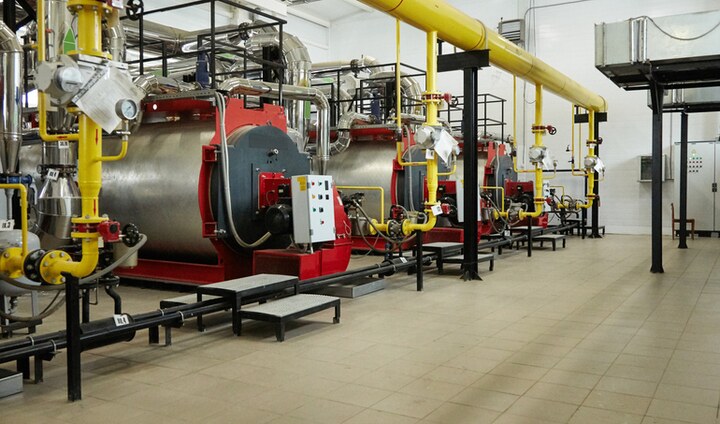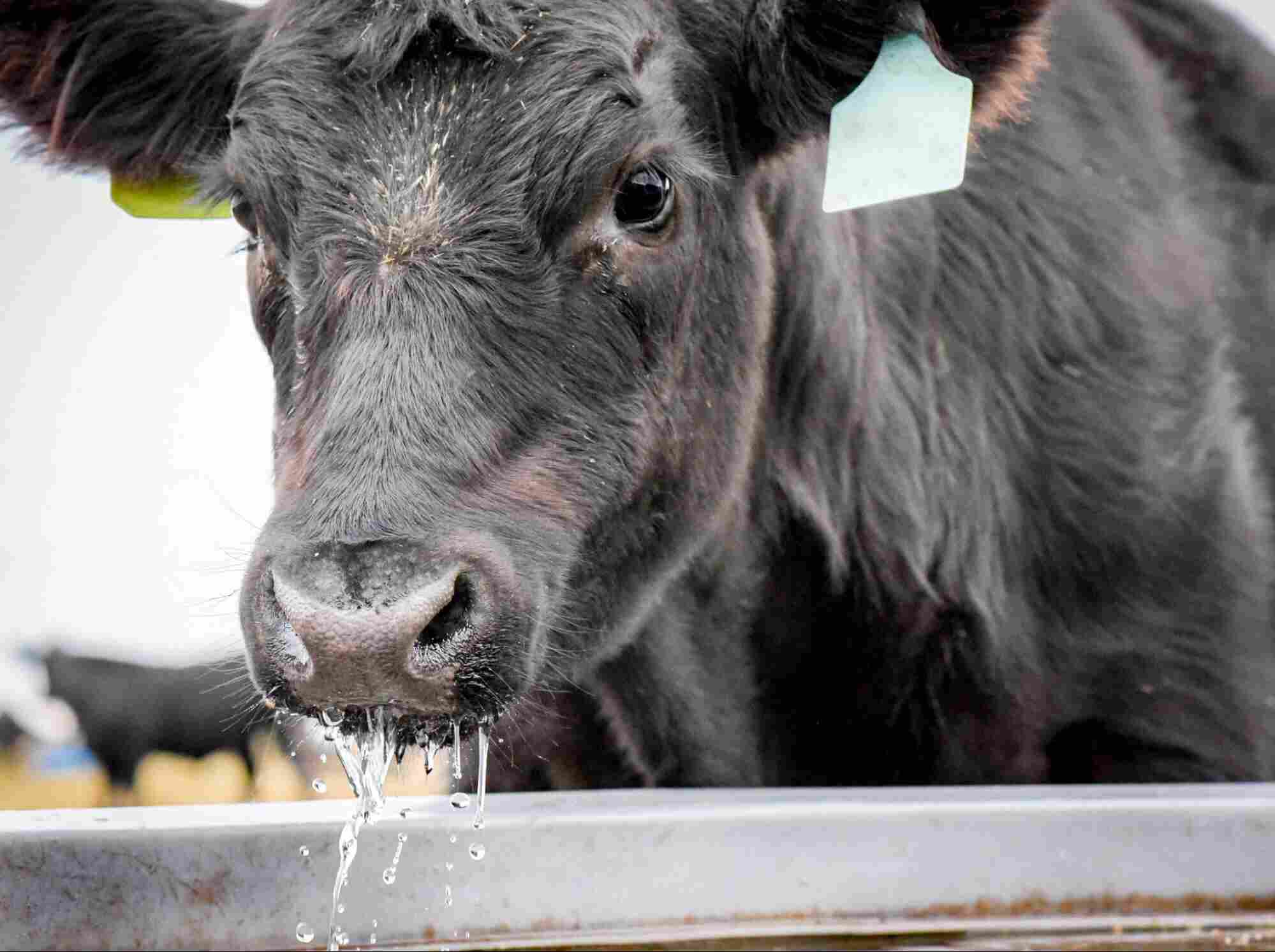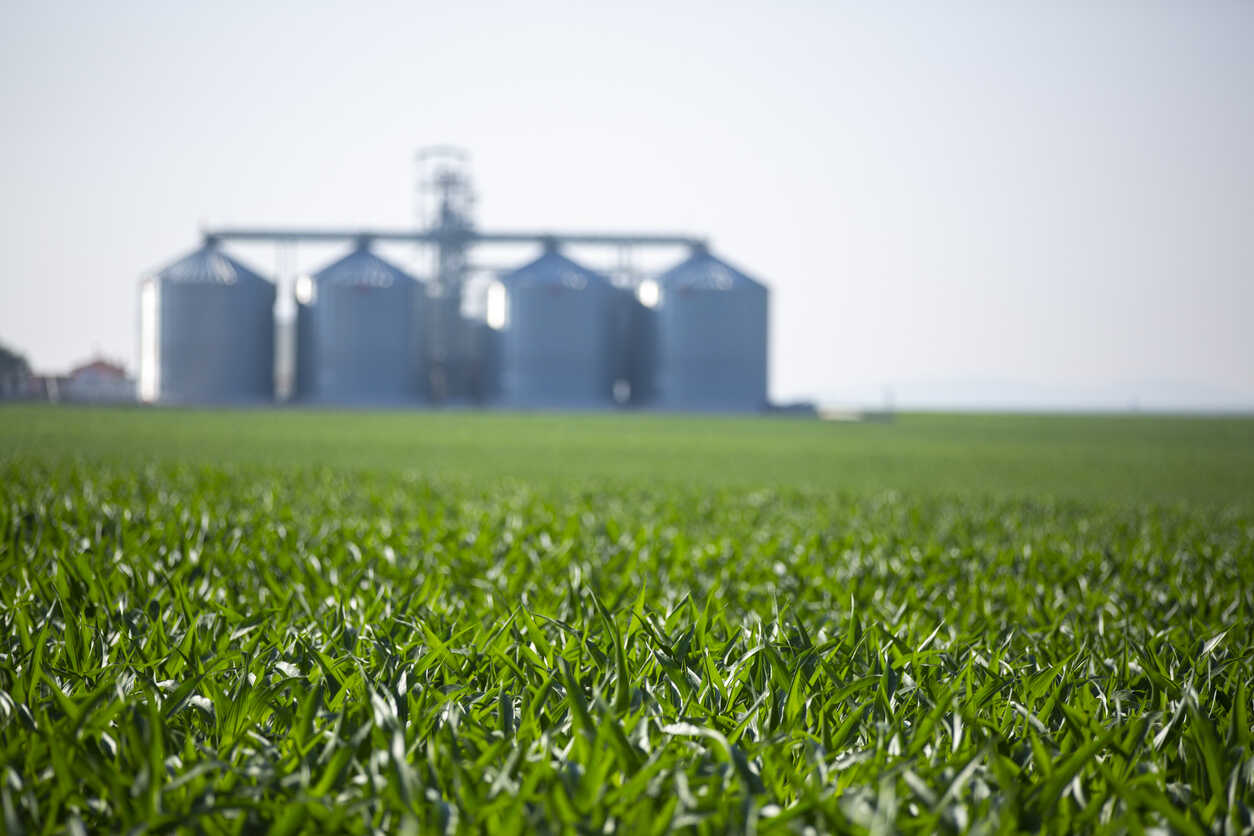Reducing energy consumption has become a top priority in today’s increasingly energy-conscious world. Lighting automation is an innovative solution for saving energy and lower electricity costs. Incorporating lighting automation systems offers numerous benefits that can positively impact industrial and commercial settings. In this blog post, we will explore the profound impact of lighting automation on energy savings. We will discuss how lighting automation reduces energy consumption and highlight its importance in achieving sustainability goals.
Types of Lighting Automation Systems
Occupancy-Based Control
One key feature of lighting automation is occupancy-based control. The lighting system can detect human presence in a room or area by incorporating motion sensors and occupancy detectors. This enables the lights to turn on automatically when someone enters and turn off when the space is vacant. Avoiding unnecessary lighting in unoccupied areas minimizes energy waste, leading to significant energy savings.
Daylight Harvesting
Lighting automation systems can be integrated with daylight sensors to optimize artificial lighting levels based on the availability of natural light. These sensors measure the intensity of daylight entering a space and adjust the artificial lighting accordingly. When sufficient daylight is detected, the system can dim or turn off the lights, reducing energy consumption. This intelligent control strategy, daylight harvesting, saves energy and enhances the occupants’ visual comfort.
Time-Based Scheduling
Lighting automation allows lighting operations to be scheduled based on specific times of the day or week. Programming the system to activate lights only when needed and to turn them off during inactivity significantly reduces energy consumption. Time-based scheduling ensures that lights are not left on unnecessarily, contributing to substantial energy savings over time.
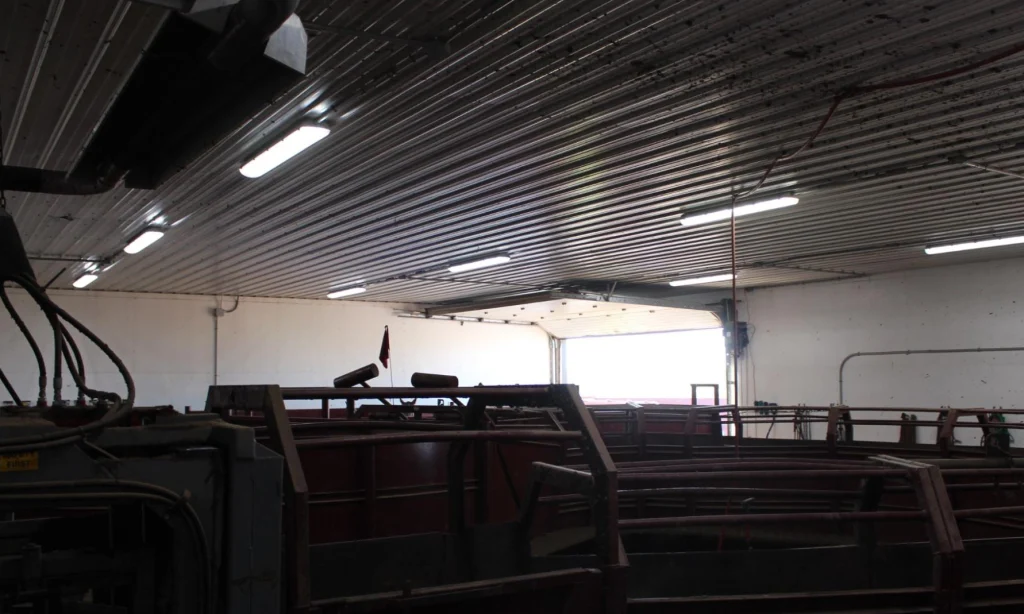
Zone Control
Lighting automation systems can divide a building into different zones, allowing customized lighting control in each area. This enables the optimization of lighting levels based on each zone’s requirements. By adjusting the lighting intensity or turning off lights in areas that are not in use, energy usage is minimized. Zone control ensures that energy is directed where needed, reducing wastage and maximizing efficiency.
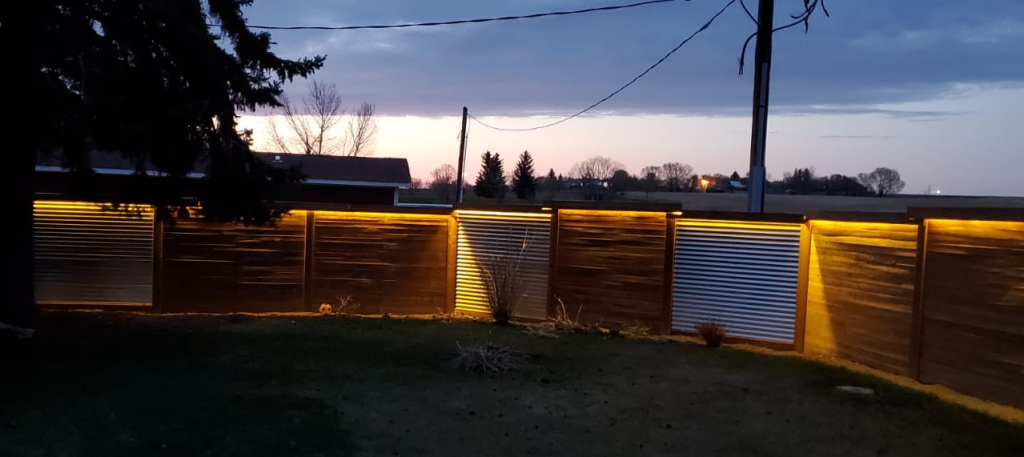
Adaptive Lighting
Some advanced lighting automation systems offer adaptive lighting capabilities. These systems dynamically adjust lighting levels based on the activity or task being performed in a space. By providing the right amount of light for specific activities, energy is well-spent on excessive illumination. Adaptive lighting ensures optimal lighting conditions while minimizing energy consumption.
Integration with Other Systems
Lighting automation can be integrated with building management systems, such as HVAC and security. This integration allows for coordinated control, where lighting adjusts based on occupancy, daylight availability, and other environmental factors. By optimizing the overall energy usage in a building, lighting automation contributes to energy efficiency and helps lower electricity bills.
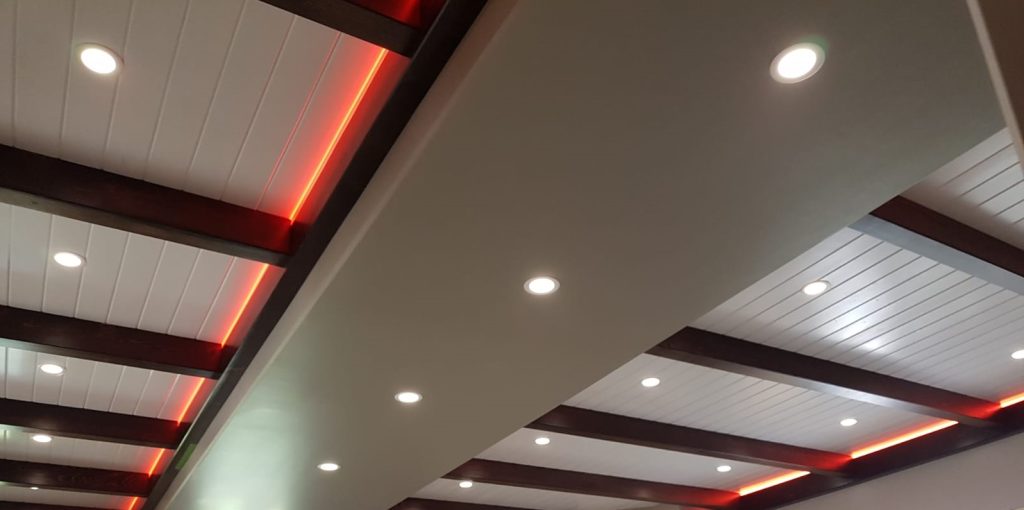
Lighting automation is a powerful tool for achieving energy savings and promoting sustainability. Adopting technologies like occupancy-based control, daylight harvesting, and adaptive lighting supports our sustainability goals and paves the way for smarter, more responsive buildings. At Current Group, our cutting-edge systems are designed to integrate seamlessly into your existing infrastructure, impacting your energy consumption and cost savings. With a focus on reliability, user-friendliness, and comprehensive support, we ensure that transitioning to an automated lighting system is smooth and rewarding. Contact us today for your lighting automation solutions.



